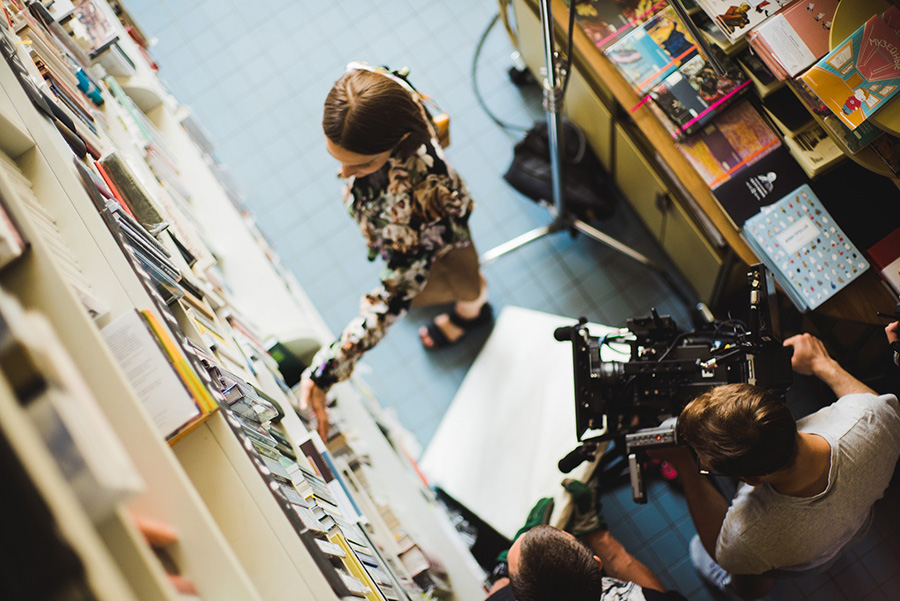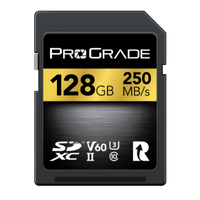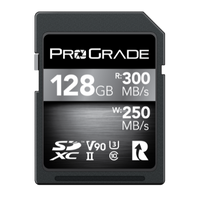What actually is shot composition in film?
A quick Google search leads you to numerous websites that define composition in cinematography mainly as follows – a shot composition is an arrangement of visual elements in a camera frame.
You probably have also heard about the rule of thirds, leading lines, eye-level framing, and 180-degree rule, to name a few.
Even though it is essential to make sure that your audience can keep track of where your characters are in a scene, and it doesn’t hurt to have lines that lead the viewer’s eye to key elements in a frame, it is hardly ever a starting point when developing a composition of a scene.
Scene composition is much more than just arranging elements in a camera frame for an aesthetically pleasing look. Instead, it is a vital tool for storytelling, a form of creative art. A good composition evokes certain emotions, builds compelling characters, and drives your story. It’s what nails your audience to the screen and keeps them hooked.
Before considering how to introduce balance and symmetry, what aspect ratio to go with, or where to position characters, you should take a step back and ask yourself three questions. For every professional filmmaker, these questions serve as a foundation (pillars, if you will) to start building composition on. Put shortly, you want to be strategic in your use of all the available visual elements, and these three questions help you be exactly that.
1. What do I want to say?
Whether you shoot a feature film, documentary, corporate video, or travel vlog, it’s all about telling your audience something. Hence, when it comes to composing your shots, the story should always come first.
Think about the information and how to best display it on the screen to induce a specific state of mind when viewed. Think about your characters and how you can make your audience empathize with them. Think about the plot in general and how to optimally reveal it.
2. Who is my audience?
When composing their scenes, beginners rarely think about the audience. At the same time, this is something seasoned filmmakers never overlook.
There are countless ways to tell the same story and even more ways to film the same scene. Schindler’s List, Dunkirk, Inglorious Bastards, and The Pianist are very different films with very different approaches to composition, yet they all depict the horrors of World War II.
So, make sure you know who’s your audience and what they want. Also, your composition has much more impact if you speak the language of your audience, so to speak. Better to convey information in a way people are used to receiving it. Even if you have to curb your personal preferences here and there.
3. What are my limitations?
This goes mostly for technology, but locations, schedules, budget, and skills can all limit your composition in some way. Tying your smartphone to a kite is hardly ever a decent replacement for a drone.
You should always aim to get the absolute maximum out of whatever is available to you. However, be creative and flexible whenever you face a significant obstacle. Even better, map the limitations beforehand and avoid obstacles altogether.
Never attempt to overreach. Nothing good can come out of the blown budget or drained crew. Plus, finding a clever and creative solution to a complex problem is always a lot more satisfying.
Conclusion
The three pillars of composition are meant to serve as a starting point. Considering these aspects beforehand will form a solid foundation for creating your shot compositions. Knowing exactly what it is that you want to say, who you are saying it to, and what are the limiting factors, will help you improve your shot compositions big time.
Remember, the goal is to take your audience on a journey and not get them to think about the composition of each individual shot. In fact, if people walk away from your film or video doing so, it’s because there probably was something off with it. In well-composed films, the composition element itself will go completely unnoticed. It works its magic on a subconscious level.
What rules of film composition to follow and what rules to break should all derive from your answers to these three questions. At the end of the day, there is no right or wrong. It’s all about telling your story. If eye-level framing helps to get your message across, great, go with it! If not, consider other angles. Similarly, it is up to you with what you draw those leading lines. An invisible line established by the character’s movement toward something is perfectly equal to leading lines created by roads, handrails, fences, or rivers. So, don’t be afraid to experiment. Whenever in doubt, just do some extra takes and shoot the same scene with a few different compositions. Have fun!
Eliminating limitations
We in ProGrade Digital are all about eliminating limitations. We manufacture high-performance memory cards for professional filmmakers. Our CFexpress Type A, CFexpress Type B, as well as SDXC V60, and SDXC V90 cards are all optimized for video recording and allow you to shoot with confidence regardless of the video format you pick.





